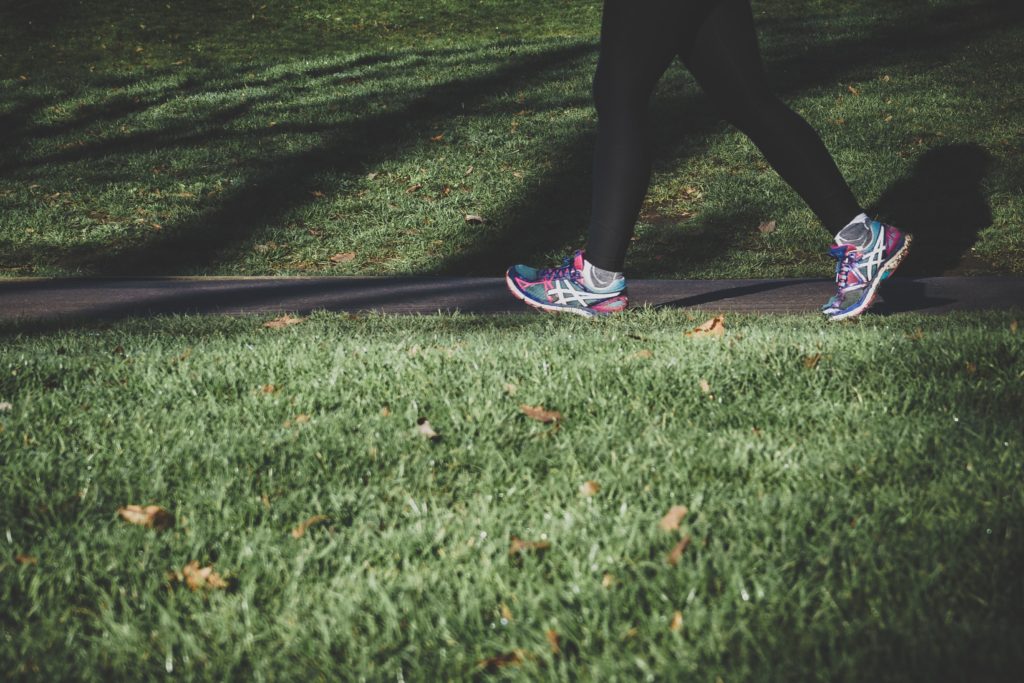Walking might seem like a fruitless activity when compared to swimming, running, and cycling. The truth is, however, that routine walking can be just as powerful of a workout when you do it right and you do it regularly. Don’t miss this essential guide to walking including 6 ways to supercharge your daily walk for added health benefits:
Benefits of walking
Lowers risk of heart disease – did you know that roughly every 90 minutes a New Zealander dies of heart disease? Routine walking can provide a cardio workout that helps keep your heart and cardiovascular system protected against disease risk factors like high blood pressure, type 2 diabetes, and high cholesterol.
Helps prevent cognitive decline – a growing body of evidence is showing that routine exercise, like daily brisk walks, can help safeguard your brain against decline in areas like memory, decision-making, and attentiveness.
Fights bone loss – walking is considered a weight-bearing exercise which means it requires your body to work against the force of gravity, so it helps to combat bone loss: a condition especially common among postmenopausal women.
Reduces risk of injury – as a low-impact activity, walking limits the stress placed on your joints during physical activity which means a lower risk of injury. Walking can also play a key role in relieving sore and achy muscles associated with musculoskeletal disorders like lower back strain.
Walking also helps to get you out into nature more to exercise and has been shown to reduce stress and improve mood!

Turn your walk into a workout
Want to ramp up the effect your daily walk has on your health and your waistline? Try these 5 fun ideas:
Use walking poles – studies have shown that walking with walking or trekking poles engages more muscles in your body and thusly helps burn extra calories. Nordic pole walking specifically has become especially popular and accessible for older adults.
Add weight – if you think about it, the more weight you carry with you on your walk, the more work your body has to do to keep you moving. You can easily add weight for your walk by carrying a small backpack with heavy items (like water bottles) in it or by wearing a weighted vest or wrist or ankle weights (chat with your doctor about trying this first though).
Climb hills – increase the aerobic toll of your walk by incorporating more inclines into your daily route. Walking up and down hills poses an added challenge to your quadriceps, hamstrings, calves, knees, and ankles.
Speed up – it might feel silly at first, but speeding up the rate at which you walk not only increases your heart and breath rate but works out your body more too. You may also want to add in quick bursts of higher-intensity activities like 30 seconds of running or doing squats.
Add distance – it goes without saying that the longer you walk, the more exercise you get. But even adding a minimal amount of distance gradually over the weeks can make an impact on the effectiveness of your walk. If you start walking faster, you can cover added distance in similar amounts of time as you would otherwise take.
Track your progress – if you aren’t already, you may want to consider tracking your walking progress with a wearable fitness tracker like Fitbit, or by using the Health app on your smartphone. Keeping count of how many steps you are taking can motivate you to set higher goals.
When setting a goal for the number of steps you want to achieve each day, experts recommend a three-fold calculation.
- First, track how many steps you take during a normal day with no exercise or dedicated bouts of walking.
- Then track how many steps you take during 10 minutes of brisk walking. Multiple that number by four to get the number of steps you might take during 40 minutes of brisk walking.
- Finally, add the two numbers together and you’ll get your ultimate goal for steps per day.
5 ways to walk more in everyday life
If you simply want to work more walking into your everyday life, here are 5 easy places to start.
- Going out? Park further from your destination, be it your house, grocery store, etc. so you have to walk further to get there.
- Take the stairs instead of the elevator every time, all the time.
- Turn work meetings into walking meetings, doing laps around the office with co-workers while you collaborate.
- Reserve hotel rooms on non-ground level floors when travelling so you have to walk further to your room.
- Join a local walking club so you have a dedicated time each week to go for a jaunt and socialize with others.









Join the Discussion
Type out your comment here:
You must be logged in to post a comment.